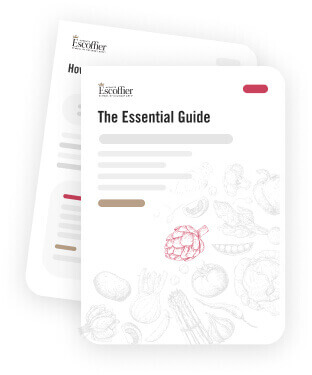By: Helena Stallings, Culinary Arts Student
Any culinary or pastry arts student will tell you that poaching an egg seems simple, but the first time you try you will need to have a dozen eggs at the ready, just in case. If you plan on being a breakfast cook, my suggestion is to master the poached egg. Start by adding 2 tbsp of vinegar and a large amount of salt to a pot of water and bring it to a soft simmer. Ideally you are looking for the water to be around 180 degrees. Crack 1 egg into a small bowl or ramekin and using a large spoon, swirl the water in one direction, then add your egg to the center of the pot. Never let the water come to a boil and be careful not to over cook your egg. When you check the egg, you are looking for the bottom of it to be cooked, but the center still liquid. When the egg is finished, remove it from the water using a slotted spoon and dab it on a napkin to remove excess water. If you are making Eggs Benedict, you would toast an english muffin, place a piece of Canadian bacon on top, followed by your poached egg and topped with a hollandaise sauce.

